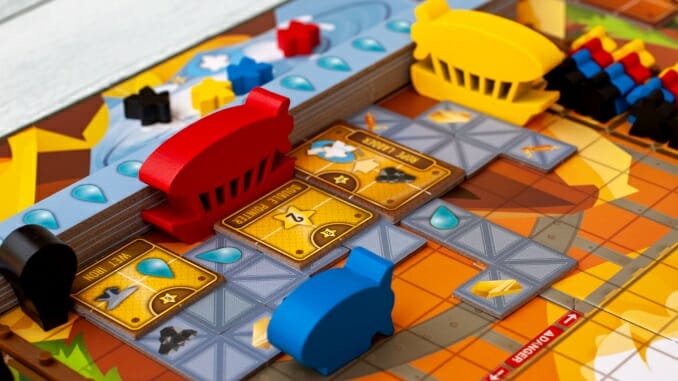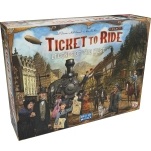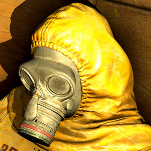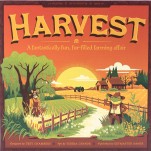The Complex Board Game Whistle Mountain Is a Tough Climb

Whistle Stop was one of my favorite new games of 2017 for its combination of several familiar game ideas into one cohesive whole. You’re building routes (and the whole map) as you go, picking up and delivering goods, buying stock in all players’ rail lines, and competing for bonus tiles. There are a lot of decisions to make, and a lot of pieces, yet designer Scott Caputo made it all work together and feel less complex than it ought to be.
Caputo’s sequel to this game, Whistle Mountain, has no trains, and in fact has nothing significant in common with its predecessor other than the use of whistles as a form of currency within the game (here, they’re wild resources). Co-designed with Luke Laurie, who was one of the folks behind this year’s Cryo, Whistle Mountain is a worker-placement and engine-building game with even more going on than Whistle Stop. It works surprisingly well, but the sheer weight of the rules bogs down game play in a way that didn’t happen with the first Whistle title.
Whistle Mountain also has players building out the board as the game goes along, but now all players are mining the same mountain, placing scaffolding parts that give access to resources, then covering the scaffolding with machines of varying sizes that can either give new resources or provide new actions when the machines are “activated.” Building is a two-part process in Whistle Mountain—on one turn, you acquire the scaffolds/machine, paying some cost at that time to get the tiles, and then you build them on a later turn for free. However, as the players build further up the mountain, it causes flooding at the bottom, and one row of the board becomes inaccessible every time the top line of the construction goes up another row.
Each player has three airships that serve as the workers they place on the board; there are meeples, but they don’t serve the usual purpose, instead functioning as workers you have to rescue from the flood by placing them on scaffolds and then building machines over them to “promote” them to the tower for points and other rewards. When you place an airship, you can place it on a machine on the mountain to activate it and any adjacent machines or scaffolds, or you can place it on an open space to activate adjacent scaffolds. You gain resources from those scaffolds and may get immediate actions from activating machines. When you’ve placed all three airships, you must bring them back to your own board, after which you get up to four build actions, building scaffolds and/or machines, and then moving one worker meeple out onto the mountain. You can also choose to bring the ships back home sooner if you want to build before using all three ships.
-

-

-

-

-

-

-

-

-

-

-

-

-

-

-

-

-

-

-

-

-

-

-

-

-

-

-

-

-

-

-

-

-

-

-

-

-

-

-

-









































